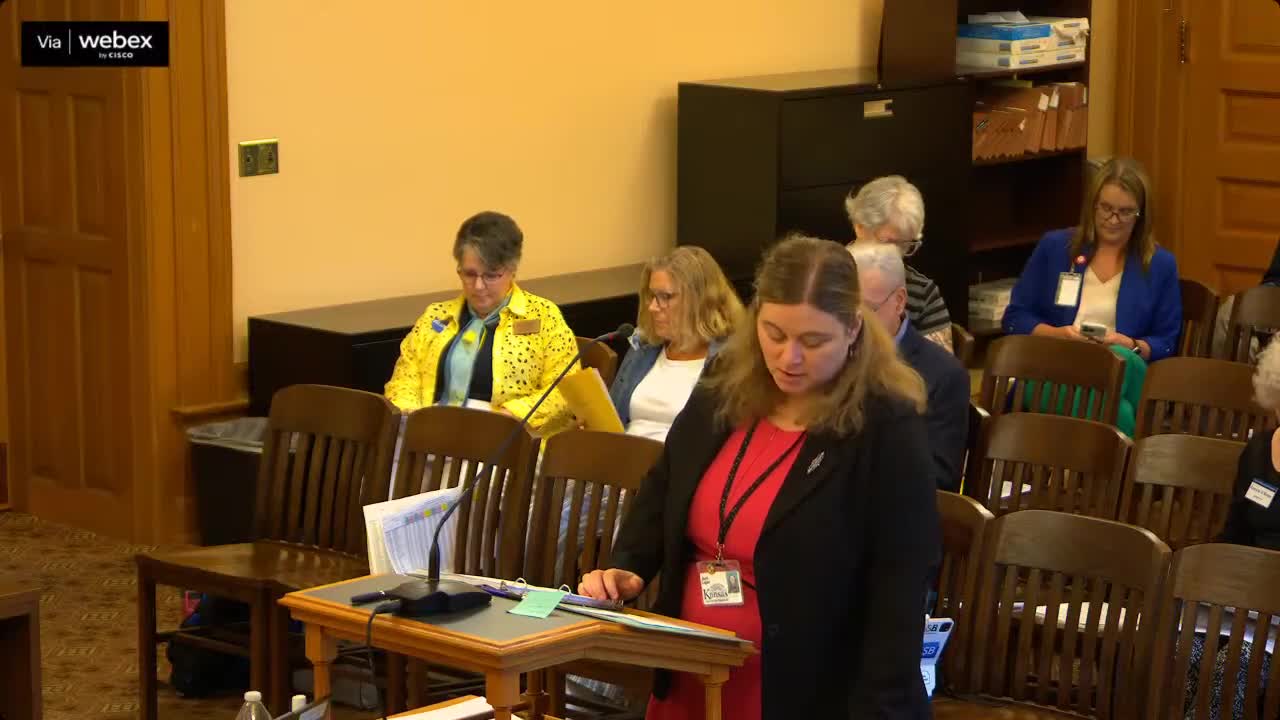Kansas Education Models Review Highlights Special Education Funding Adjustments
August 14, 2025 | Special Education and Related Services Funding Task Force, Task Forces, Committees, Legislative, Kansas
Thanks to Scribe from Workplace AI , all articles about Kansas are free for you to enjoy throughout 2025!

This article was created by AI using a video recording of the meeting. It summarizes the key points discussed, but for full details and context, please refer to the video of the full meeting. Link to Full Meeting
The discussion began with an overview of the new funding models, starting at 1.02 instead of the previously used 1.00. This shift was explained as a necessary adjustment, given that special education funding operates outside the state foundation aid framework. The models presented were designed to clarify how funding would be allocated, breaking down the information into sections that included district names, total adjusted enrollment, and state aid information.
One of the key points of contention arose around the differences between model 1.02 and its adjusted counterpart, 1.02a. The latter was tailored to reflect the state’s commitment to maintaining a funding level of $601 million for fiscal year 2025. This adjustment was crucial, as it aimed to ensure that the funding would adequately support the needs of students enrolled in school districts, rather than being distributed directly to local cooperatives.
As the conversation progressed, members raised concerns about the potential impact of these models on larger school districts, which often bear the brunt of funding shortfalls. Representative McDonald highlighted that districts already transferring significant funds from their general budgets to cover special education costs might see reductions under the new models. This prompted a broader discussion about equity and access to services, with members questioning how the models could be adjusted to better meet the needs of all students.
The meeting also touched on the intricacies of the Maine model, which is based on density rather than the tiered approach being considered for Kansas. This comparison sparked interest among members, who sought to understand how different methodologies could influence funding outcomes.
As the session drew to a close, the task force acknowledged the importance of further analysis and discussion. Members agreed to revisit the models in future meetings, emphasizing the need for a comprehensive understanding of how these changes would affect special education funding across the state.
With the stakes high and the future of special education funding hanging in the balance, the task force left the meeting with a renewed commitment to ensuring that every student in Kansas receives the support they need to thrive. The journey ahead promises to be challenging, but the collaborative spirit among members suggests that solutions are within reach.
Converted from Education Funding Task Force 08/14/2025 meeting on August 14, 2025
Link to Full Meeting
Comments
View full meeting
This article is based on a recent meeting—watch the full video and explore the complete transcript for deeper insights into the discussion.
View full meeting
